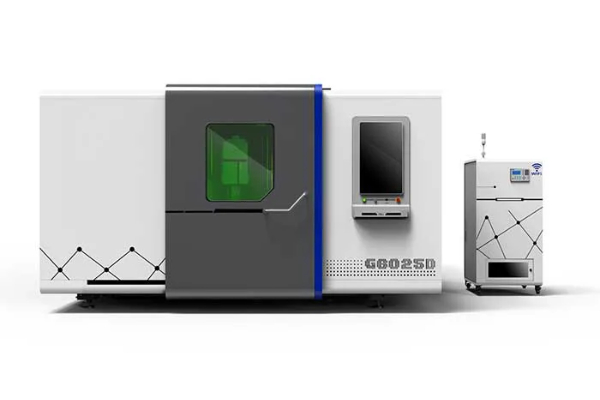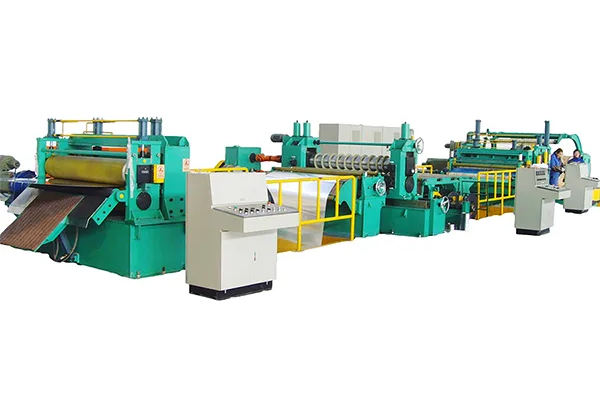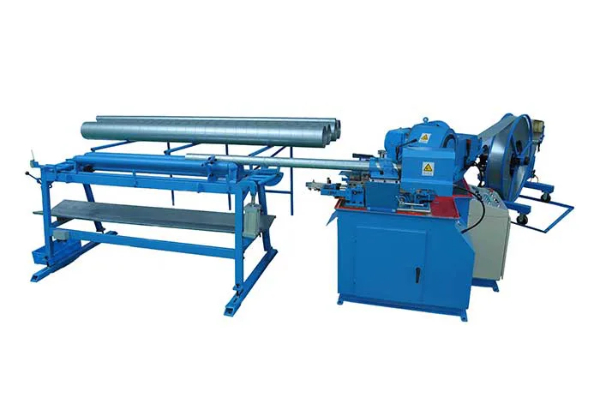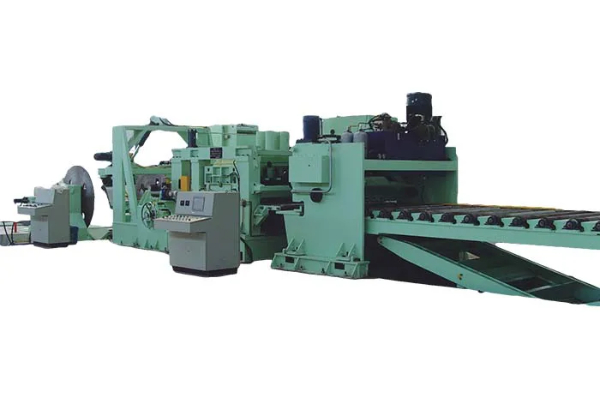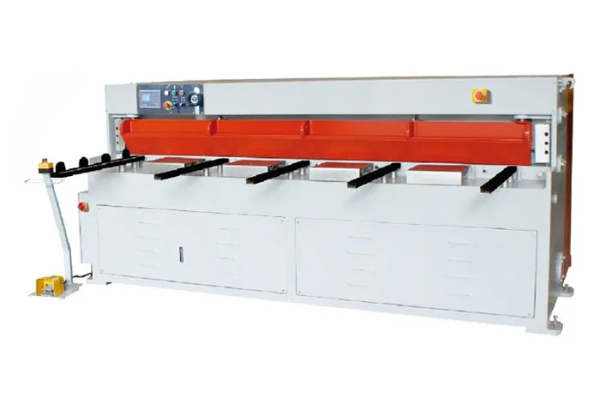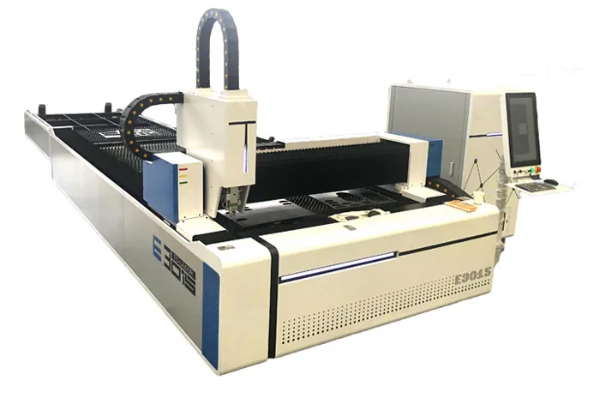
Advanced Techniques and Applications in Metal Plate Bending
- By:Metmac
- 2024-07-10
- 124
Introduction
Metal plate bending is a fundamental process in metalworking, shaping metal sheets into complex forms for various industrial applications. Advanced techniques have emerged to enhance the precision, efficiency, and versatility of this process, leading to innovative applications in fields such as aerospace, transportation, and construction. This article explores the latest techniques and their applications in metal plate bending.
High-Precision Bending
Laser Bending: Laser bending employs a high-energy laser beam to fuse metal sheets at precise locations, creating sharp bends with minimal distortion or springback. This technique is ideal for small-radius bends and intricate shapes.
Incremental Bending: This process involves multiple bending operations with gradually increasing bending angles. By reducing the force applied at each step, incremental bending minimizes material deformation and improves precision.
Automation and Control
Computer Numerical Control (CNC): CNC machines automate the bending process, ensuring high accuracy and repeatability. Sensors monitor the bend angle and adjust the bending force accordingly, reducing human error and improving consistency.
Robotic Bending: Robotic arms can perform complex bending operations, enabling the production of intricate shapes and reducing labor requirements. They can also be integrated with vision systems for precise positioning of metal sheets.
Advanced Materials and Processes
High-Strength Steel Bending: Advanced high-strength steels allow for thinner sheets to be used, reducing weight while maintaining structural integrity. Specialized bending techniques are required to handle these materials without cracking or distortion.
Adaptive Bending: This approach uses sensors to monitor the material’s behavior during bending and adjusts the process parameters accordingly. It compensates for variations in material properties and thicknesses, ensuring optimal bend quality.
Applications in Diverse Industries
Aerospace: Metal plate bending is crucial for manufacturing aircraft fuselage panels, wings, and other components. High-precision bending techniques enable the creation of aerodynamic shapes with precise contours and minimal distortion.
Transportation: Curved metal plates are used in automobile bodies, truck chassis, and railway carriages. Advanced techniques ensure the production of complex shapes with high strength and fatigue resistance.
Construction: Metal plate bending is employed in the fabrication of structural beams, girders, and roofing systems. Corrosion-resistant materials and specialized bending techniques extend the lifespan and enhance the durability of these structures.
Conclusion
Advanced techniques and applications in metal plate bending have transformed this process from traditional craftsmanship to a highly sophisticated and versatile manufacturing solution. These advancements enable the production of complex shapes with precision, efficiency, and cost-effectiveness. As technology continues to evolve, we can anticipate further innovations in this field, unlocking new possibilities in engineering, design, and manufacturing.
-
High-Precision Solutions from Leading Sheet Metal Cutting Machine Manufacturers
2025/09/11 -
Reliable Sheet Metal Equipment for Sale to Support Precision Fabrication
2025/07/17 -
Advanced Duct Machine AC and Fabrication Solutions from Metmac
2025/07/12 -
The Advantages of Using a Sheet Roll Forming Machine in Manufacturing
2024/09/14
-
Precision Sheet Metal Cutting and Processing Machines for Modern Manufacturing
2025/09/25 -
Advanced Sheet Metal Processing Machines for Industrial Applications
2025/09/25 -
High-Precision Sheet Metal Cutting Machines for Modern Manufacturing
2025/09/25 -
Efficient Sheet Metal Working Machines for Modern Manufacturing
2025/09/17
-
A Guide to the Latest Innovations in Sheet Metal Folding Machines
2024/11/29 -
Key Features to Consider When Investing in a Sheet Metal Folding Machine
2024/11/28 -
Enhancing Precision with Advanced Sheet Metal Folding Machines
2024/11/27 -
How to Choose the Right Sheet Metal Folding Machine for Your Workshop
2024/11/26
